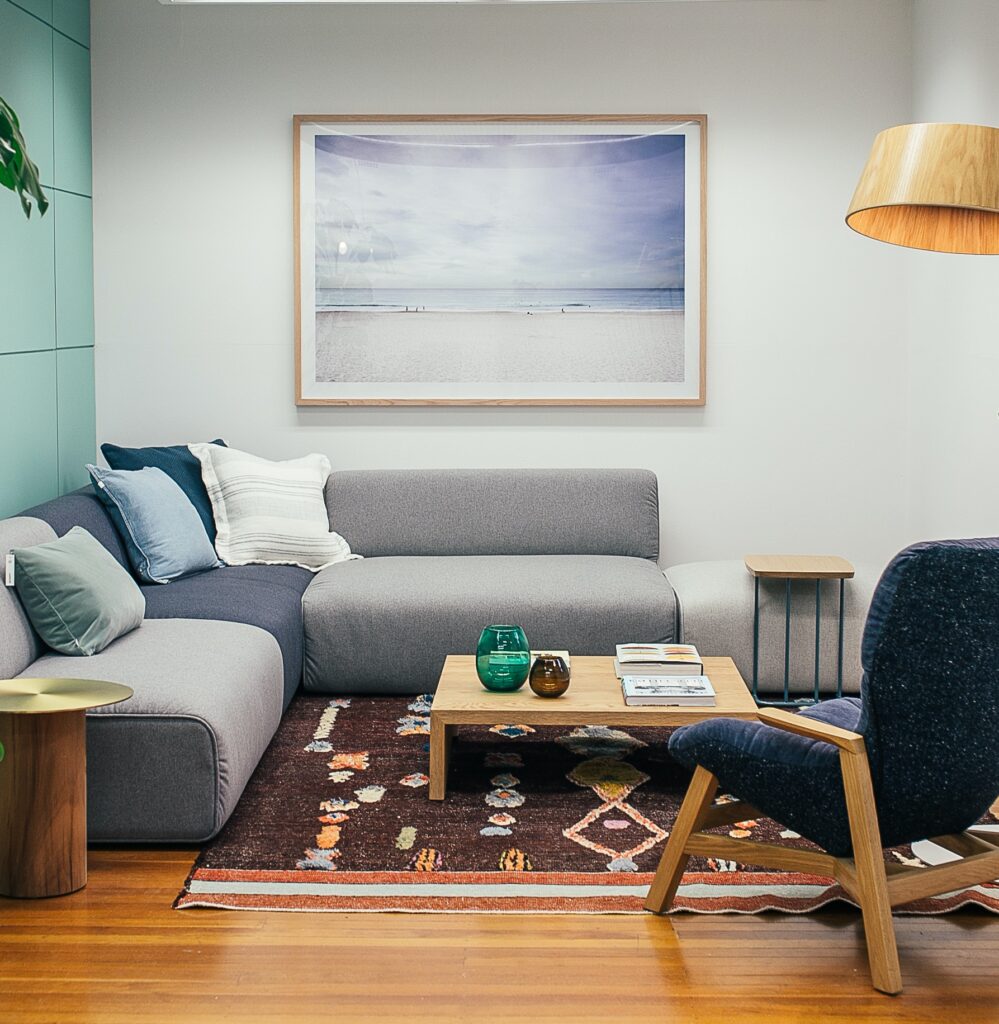Choosing to build a dual occupancy or a granny flat depends on your individual lifestyle goals. Dual occupancies provide passive income, increase property value, and create additional living space for guests or relatives. However, the approval process for dual occupancies is difficult and may incur additional expenses outside of construction. Granny flats are classified as secondary dwellings that provide additional privacy and have simpler building processes.
What is dual occupancy?
Dual occupancy residences are two liveable spaces sharing the same land and title. These homes are either attached by a common wall, or detached on the same lot. They may also share utilities such as gardens and driveways. Dual occupancies are commonly used by families with elderly relatives, so they can stay close but maintain independent living. Alternatively, a dual occupancy can be rented out as a source of passive income.
If your block cannot be subdivided, dual occupancy may be the solution. It is typically a less expensive option than a secondary dwelling and provides benefits through passive income, flexible design options and property value increase. However, dual occupancy also comes with challenges like council approvals and lack of privacy.
How does dual occupancy work?
Dual occupancy works by providing two dwellings under one title. A dual occupancy owner has several options to choose from. They may live in one of the dwellings while renting the other long-term or as an Airbnb. Alternatively, they can rent both dwellings or use one as a guest house. The flexibility of dual occupancy allows an owner to customise living arrangements or gain a passive income stream.
Before building a dual occupancy, you must obtain permission from your relevant council. Approval for these builds is typically trickier than building approvals for granny flats. It will depend on the land conditions, slope, orientation, and council restrictions that apply to your situation. Approval processes are detailed and long, so extensive research and planning is required for anyone with a dual occupancy in mind.
How much does a dual occupancy cost to build?
The cost of building a dual occupancy residence is based on preparation, council approval, and construction costs. Building a dual occupancy on an empty lot is more expensive than adding a second home onto an existing dwelling. Additionally, demolishing an existing lot and rebuilding racks up even more costs.
Gaining council approval can also be a long and expensive process. Application fees must be paid even when applications are unsuccessful. Additionally, you may need to pay a property surveyor and planner to assess your build site and provide information for your application.
Construction accounts for a large chunk of dual occupancy building costs. Design, building, and finishing requires time and labour for a successful project. Construction costs are also impacted by the size and complexity of your build. Weighing up the cost and reward of dual occupancy may help decide whether granny flats are a better investment.

What is the difference between a granny flat and a dual occupancy residence?
The difference between a granny flat and a dual occupancy is that a granny flat counts as a secondary dwelling. A secondary dwelling is a small, self-contained accommodation on the same land as the primary residence. In the case of dual occupancy, both homes are considered primary dwellings. Although granny flats can be rented out like dual occupancies, you cannot split utility costs or subdivide a granny flat.
You may subdivide a dual occupancy with the proper authorisation provided your property meets certain criteria. Subdivision requirements vary by location. You’ll need to submit an application after checking your development meets subdivision standards. If you are building a dual occupancy for the sole purpose of subdivision, you might be better off with a duplex. Duplexes are separate properties on the same lot with different titles. They offer subdivision flexibility for those building multiple investment properties. However, due to lengthy approval processes, it may be easier to build a granny flat instead.
Is dual occupancy a good home investment?
Dual occupancies are good home investments for earning passive income and increasing property value. Once built, you may rent out the second dwelling to offset project costs. If you have other living arrangements, you could rent out both spaces and create dual income. With dual occupancy, you also typically only pay council rates for one property. As a property manager or landlord, it means you could have double the rental income but only one set of fees.
Long term, owning a dual occupancy residence means having a permanent guest house or family home for elderly relatives. Even with a shared wall, dual occupancies could have separate entrances and utilities, or even be completely detached. This gives your family members the chance to be close without sacrificing privacy. Adding an extra dwelling to your property also increases the value of your home. If you sell in the future, the potential for additional income through leasing attracts good buyers.
However, if you’re not comfortable sharing a wall and utilities with neighbours, dual occupancy might not be worth the cost. Consider the impact of sharing a backyard, driveway, and other features of your home before committing to a dual occupancy.
Should I build a granny flat or a dual occupancy?
Whether you should build a granny flat or dual occupancy home depends on your lifestyle and goals. Although they serve similar purposes, they have separate advantages. If you’re not concerned with subdivision, consider building a granny flat instead. Granny Flats WA is a trusted builder of granny flats in Perth. If you’re curious about the potential of building a granny flat, chat to our friendly team. We assist with all your granny flat and home extension enquiries. From portable granny flats to rear house extensions, there’s an option that suits your lifestyle and living requirements.

